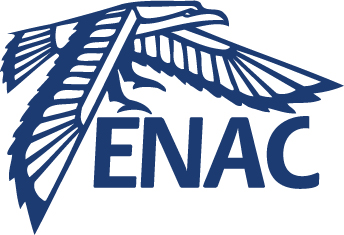Extended Aircraft Arrival Management under Uncertainty: A Computational Study
Résumé
Arrival Manager (AMAN) operational horizon, in Europe, is foreseen to be extended up to 500 nautical miles around destination airports. In this context, arrivals need to be sequenced and scheduled a few hours before landing, when uncertainty is still significant. A computational study, based on a two-stage stochastic program, is presented and discussed to address the arrival sequencing and scheduling problem under uncertainty. This preliminary study focuses on a single Initial Approach Fix (IAF) and a single runway. Different problem characteristics, optimization parameters as well as fast solution methods for real-time implementation are analyzed in order to evaluate the viability of our approach. Paris Charles-De-Gaulle airport is taken as a case study. A simulation-based validation experiment shows that our approach can decrease the number of expected conflicts near the terminal area by 90%. Moreover, assuming that air traffic controllers (ATCs) schedule landings in a first-come first-served order, the ATC expected workload in the terminal area can be decreased by more than 98%, while the expected landing rate remains unchanged. This computational study demonstrates that sequencing and scheduling arrivals under uncertainty, a few hours before landing, can successfully diminish the need for holding stacks by relying more on upstream linear holding.
| Origine | Fichiers éditeurs autorisés sur une archive ouverte |
|---|
Loading...
